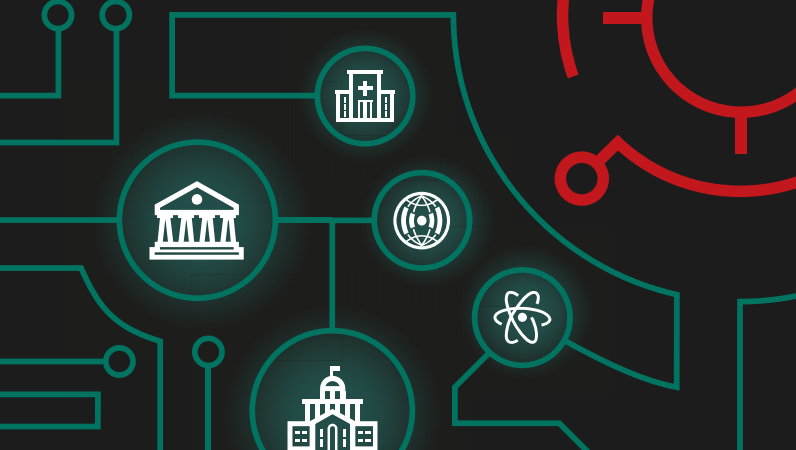
Zero-day vulnerability in Telegram
In October 2017, we learned of a vulnerability in Telegram Messenger’s Windows client that was being exploited in the wild. It involves the use of a classic right-to-left override attack when a user sends files over the messenger service.









